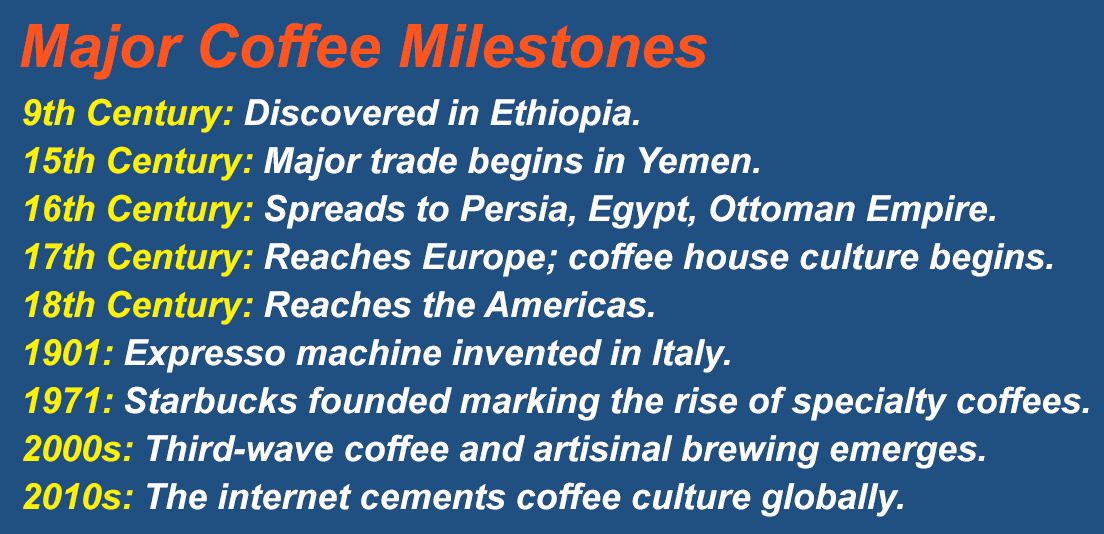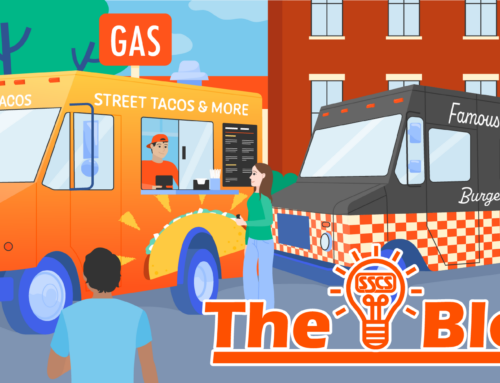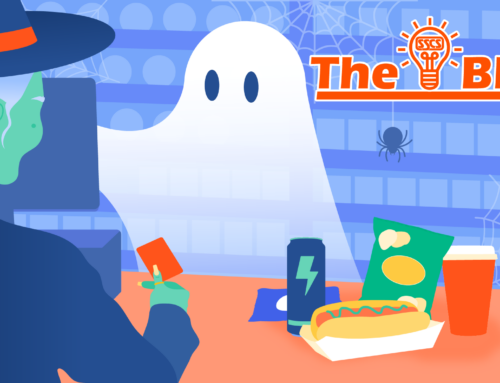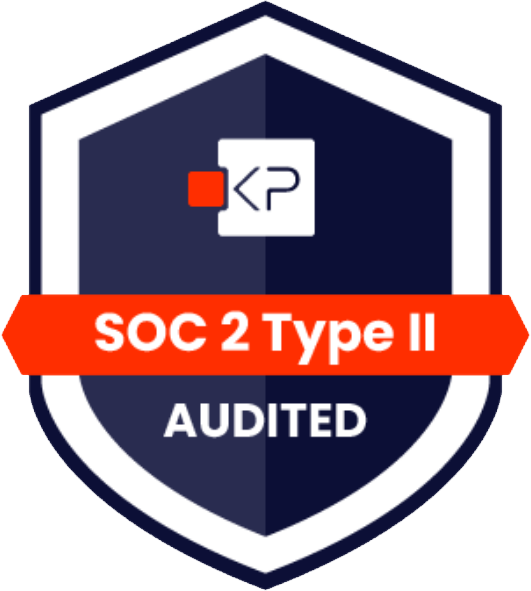
The Coffee You Think You Know (Part 2)
In the early days, people used to chew their coffee beans to consume them. These days we have a lot more options.
In Part 1, we noted how the coffee berry’s stimulating effects were discovered by 9th century Ethiopians, but we didn’t tell you how they consumed it.
They chewed it.
It wasn’t by any means an outrageous choice. Coffee berries on the bush are more than their core bean. They have a thin, tough skin (exocarp), but the really important layer for those first coffee consumers was right underneath, a fleshy pulp called the mesocarp. It was tasty and sweet, like a seeded grape—if the seed was 80 percent of the whole thing.
Also like grapes, the exocarp also made it possible for those first coffee enthusiasts to ferment the fruit into an alcoholic beverage, a tradition a lot older than coffee cultivation. In fact, its hard to see the coffee we enjoy today coming into existence without some kind of happy accident, like berries spilling onto a fire, as it is the roasting process that makes the bean hard and grindable.
Once users discovered they could powder coffee into granules, though, it was pretty easy to come up with the idea to infuse water with them. That was another tradition that had been around for a few millennia, mostly in the form of tea and various herbal infusions for health and other reasons. Once the process was discovered, it was only a matter of time until it became more refined and diversified. And that’s probably an understatement.

Centuries of coffee product and retailing innovation have brought us an almost endless variety of ways to consume coffee. So let’s take a quick look at some of the more interesting options available around the world:
Jus Alpukat (Avocado Expresso Shake). Given the proliferation of coffee drinks that resemble milk shakes, we thought we’d include a representative of the sub-category, which emerged from the c-store culture of Southeast Asia. It is a thick, chilled shake made from avocados, milk, condensed milk, and espresso. Enthusiasts often sweeten the drink with monkfruit or honey; the truly adventurous drizzle chocolate on the surface.
Activated Charcoal Latte. When the latte craze began with the rise of coffee chains in the late 70s, purveyors probably didn’t anticipate an infusion sourced from charcoal bag sitting out on their patio. But someone in Indonesia did. The drink is, indeed, what it sounds like: a jet-black latte made with espresso and activated charcoal powder. A spin-off of a traditional drink called Kopi Joss in which a piece of red-hot charcoal is dropped into a cup of brewed coffee, the drink is known for its detoxifying properties and dramatic appearance.
Alcohol/decaf coffee pods. The appropriately named retailer Cask and Kettle offers decaf coffee-based pods, like those used for Keurig and other coffee machines, providing all the coffee taste without the caffeine. But it contains all the alcohol! In a way, this is a call back to early times when the populace used the coffee plant for alcohol, too.
Kopi Luwak. Last, but not least, this very expensive coffee has its own unique processing step: it uses beans eaten and excreted by civet cats. The beans undergo fermentation in the animal’s digestive tract. After collection, the beans are cleaned, roasted, and brewed like regular coffee. The result is a smooth, earthy cup with mild acidity and rich aroma. We’ll take their word for it.

What’s the next step in the evolution of coffee consumption? Given the innovation and rapid change that continues to mark the industry, it’s probably foolish to predict. Still, a c-store has to be ready to maximize profit from items in any inventory trend, no matter how unexpected. Today, that really isn’t possible unless you are tracking inventory by item, and that really isn’t possible without the right kind of technology.
SSCS has had over forty years of experience providing a powerful, nimble software solution built to align with and support “by item” methodology. We were there at the beginning and we continue to modify and improve our granular approach to managing merchandise. Our Computerized Daily Book definitely qualifies “as the right kind of the technology.” Give us a call at (800) 972-7727 and we’ll explain in more detail—it doesn’t even have to be over coffee.






Leave A Comment